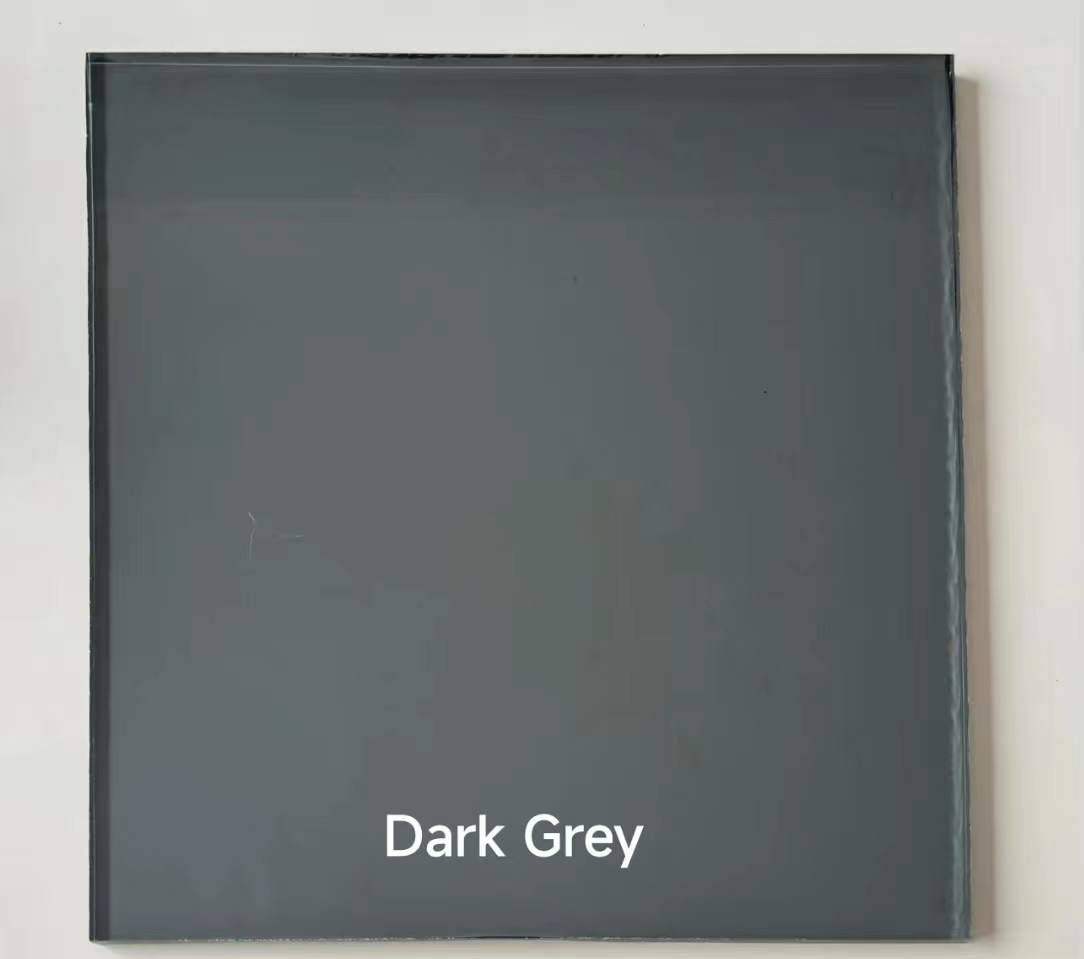

Exploring Reflective Glass Colors A Spectrum of Choices
Reflective glass, often utilized in architecture and design, has gained popularity for its unique ability to merge aesthetic appeal with practical functionality. One of the most captivating aspects of reflective glass is its color spectrum. This article explores the various colors of reflective glass, their applications, and how they influence the environments they inhabit.
The Color Spectrum of Reflective Glass
Reflective glass comes in a wide array of colors, each contributing to an environment's ambiance and energy. Common colors include blue, green, bronze, gray, and silver. Each color serves a specific purpose and creates a distinct effect.
1. Blue Reflective Glass Often associated with serenity and calmness, blue reflective glass is popular in office buildings and institutions that aim to create a tranquil atmosphere. The reflective nature of the glass not only enhances the aesthetic appeal but also minimizes heat gain, making it energy efficient.
2. Green Reflective Glass Symbolizing nature and renewal, green reflective glass can often be found in eco-friendly designs and modern architecture. This color aids in reducing glare, making spaces more comfortable. It is especially popular in areas that prioritize sustainability, reflecting the natural environment while protecting those inside.
3. Bronze Reflective Glass This color is known for its warm, rich appearance and is often used in commercial buildings. Bronze reflective glass offers excellent solar control, reducing the need for air conditioning and lowering energy costs. Its classic appearance also complements various architectural styles.

4. Gray Reflective Glass Gray reflective glass provides a sleek, modern look. Its neutral tone allows it to blend seamlessly with various designs, making it a favorite for contemporary buildings. Additionally, it offers a high level of reflectivity, enhancing privacy while still allowing natural light to filter through.
5. Silver Reflective Glass Silver reflective glass is often seen in high-rise buildings and skyscrapers. Its highly reflective surface creates a stunning visual effect, particularly in urban settings where it can mirror the sky and surroundings. Silver glass also offers superior thermal performance, making it a practical choice for commercial applications.
Applications of Reflective Glass Colors
The choice of reflective glass color can dramatically impact design and functionality. In commercial architecture, for instance, the use of blue or green reflective glass can help create environments that promote well-being and productivity. Retail spaces may benefit from bronze or gray reflective glass, enhancing their visual appeal while managing energy costs.
In residential design, homeowners can opt for different reflective glass colors to match their personal style and the surrounding environment. For example, a coastal home might incorporate blue reflective glass to complement the ocean views, while a city dwelling might choose silver glass to reflect the chaos of urban life.
Conclusion
Reflective glass colors are not merely aesthetic choices; they are integral to how spaces function. By understanding the implications of different colors, architects and designers can create environments that are visually stunning while also being energy-efficient and conducive to well-being. Whether one is drawn to the soothing hues of blue or the warm tones of bronze, the spectrum of reflective glass colors offers myriad possibilities for enhancing both residential and commercial spaces. As we move towards more sustainable practices in architecture, the role of reflective glass colors will undoubtedly continue to evolve, blending beauty with functionality in exciting ways.